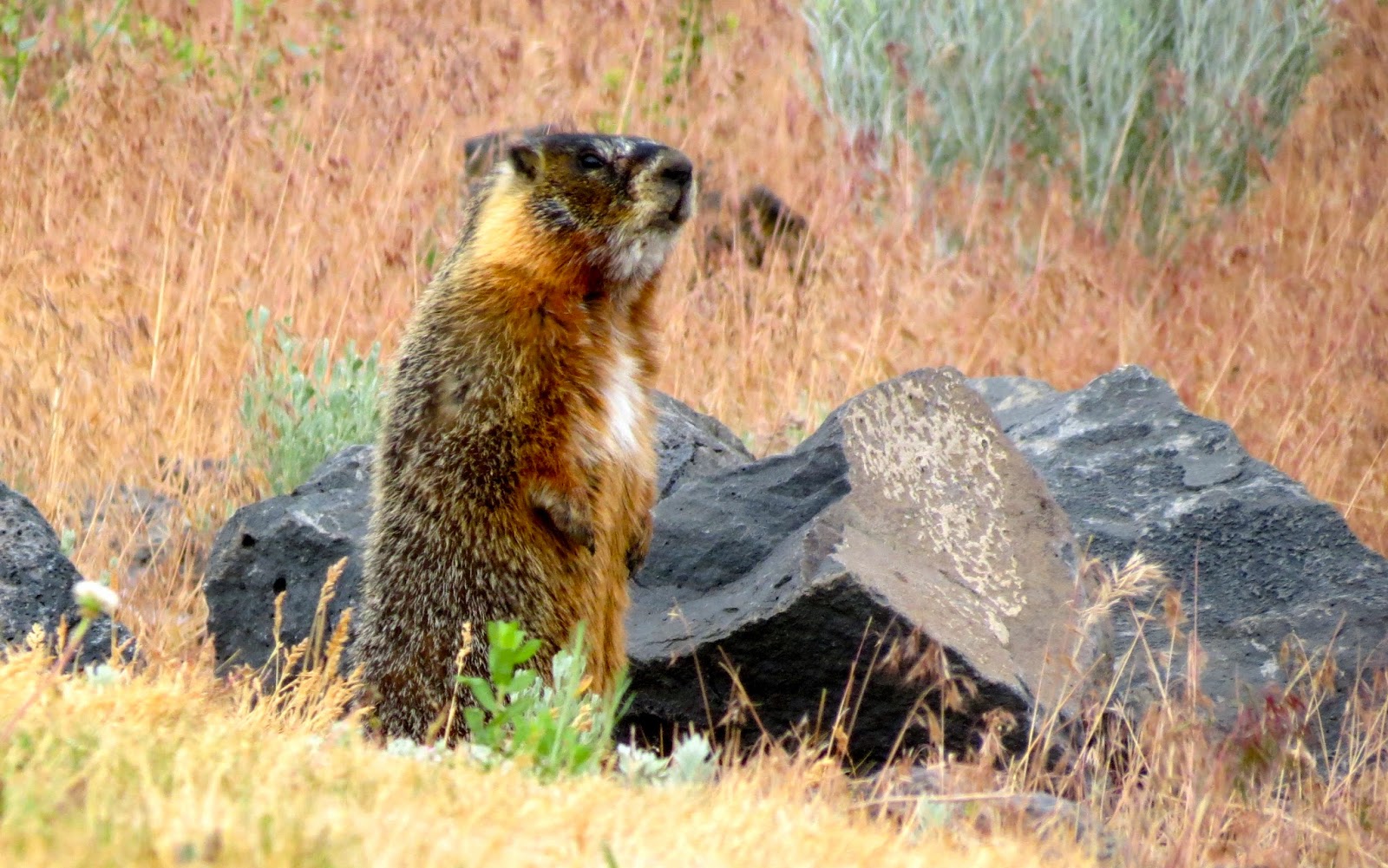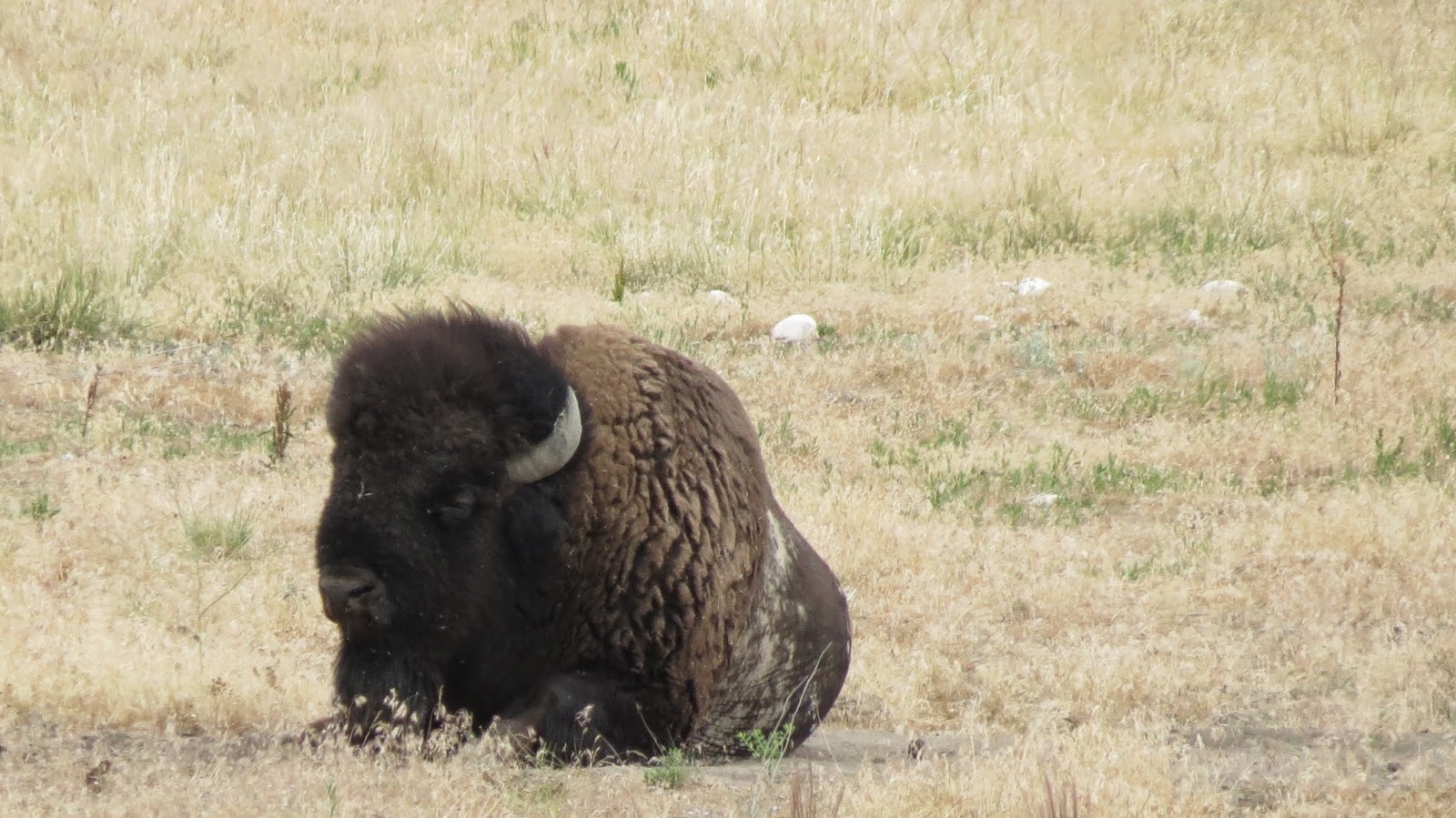How is it that we had never heard of Antelope Island in the Great Salt Lake? It is spacious--28,000 acres--fifteen miles long and five miles wide. It is beautiful. It is a Utah state park. But we had no information about it until I started planning this trip. North of Salt Lake City, there is a long, two-lane causeway that leads out to Antelope Island, seen below.
It had the feeling of being off the continent. When the sun shown, the water was a beautiful turquoise. But most of our hours there, it drizzled. It was quite a hike to the shoreline from any parking area, so we opted to not.
There were a few folks in the visitor's center, but we pretty much had the road that runs along the shoreline for the length of the beautiful island to ourselves.
Looking across to the town of Layton, where we spent the night.
The shore is 4,200 feet above sea level and Frary Peak is the highest point on the island at 6, 596.
Antelope Island was a ranch for 150 years before it was purchased and became a state park. Most of that time it was a Mormon church holding. The island also has a history of copper mining and some oil wells. Now, visitors come for the nice old rocks--1.7 billion year old gneiss which are about the same age as those found at the bottom of the Grand Canyon--and to see the roaming animals that are featured on the next post.






















.jpg)






























